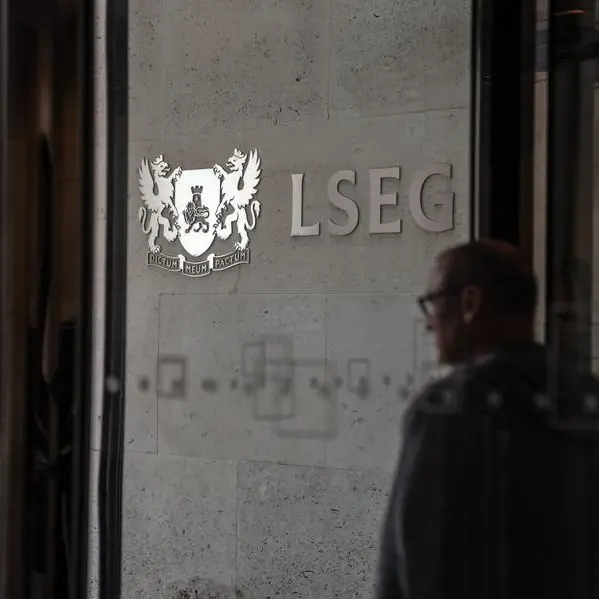PHOTO
Organisation for Economic Co-operation and Development (OECD) has recommended governments to systematically factor climate resilience into infrastructure planning and decision-making, including by prioritising sustainable projects, to help reduce societal and economic vulnerability and avoid long-term costs, a report said.
In a new report, OECD has detailed the growing pressure of such climatic events on infrastructure in all sectors, from electricity, communication and transport networks to water and waste treatment, with developing countries often particularly hard hit, said Emirates News Agency, WAM.
The ‘Infrastructure for a Climate-Resilient Future’ report released during the OECD Infrastructure Forum, recommends governments systematically factor climate resilience into infrastructure planning and decision-making, including by prioritising sustainable projects, to help reduce societal and economic vulnerability and avoid long-term costs.
Climate-resilience measures can also protect investment returns, ensure business continuity and support continued economic growth and development, it said.
Record global temperatures around 1.4 degrees Celsius above pre-industrial averages led to more heatwaves and floods, longer wildfire seasons and widespread droughts in 2023.
At the most recent UN Climate Change Conference (COP28), countries committed to increase the resilience of infrastructure by 2030.
The investments needed to seize these opportunities are significant: according to OECD, World Bank and UN Environment analysis, an annual investment of $6.9 trillion in infrastructure will be necessary by 2030 to ensure infrastructure investment is compatible with the Sustainable Development Goals and the Paris Agreement.
In parallel, infrastructure assets make up an important share of the economic damages with the economic losses from disasters increasing sevenfold between the 1970s and the 2010s from an average $198 billion to $1.6 trillion. This, in turn, multiplies the losses (e.g. forgone income) for businesses whose operations are disrupted.
“The right type of infrastructure investment can help enhance the quality of growth, by supporting climate action while protecting biodiversity and reducing pollution and enhancing resilience to risks from climate change,” OECD Secretary-General Mathias Cormann said.
“But the investments needed are significant. Unlocking private investments in climate resilience will require long-term project planning, reducing regulatory barriers, effective risk-sharing arrangements and, when required, the targeted and strategic use of public support to attract private financing – particularly when the timeline for resilience investment returns may constitute a barrier to private sector participation.”
Besides financial resource needs, the report also points to the effectiveness of nature-based solutions – for example using mangroves or coral reefs to reduce risks from coastal floods or storm surges – in providing cost-effective measures to protect infrastructure assets and services.
The report provides policymakers and stakeholders with important considerations and tools to support change towards more climate-resilient infrastructure.
Copyright 2022 Al Hilal Publishing and Marketing Group Provided by SyndiGate Media Inc. (Syndigate.info).





















